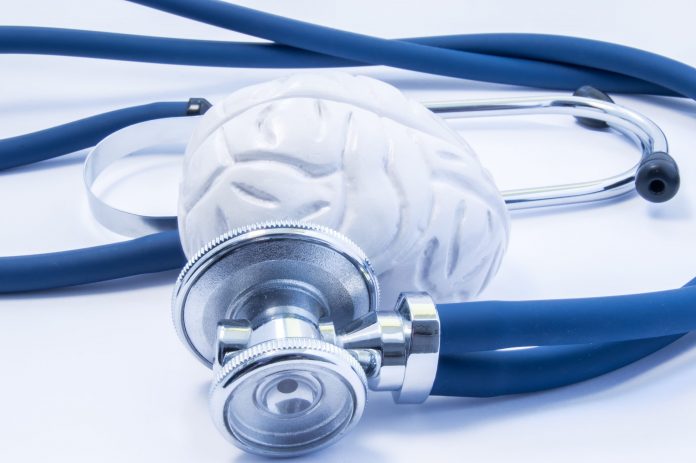Most of us have experienced a headache or heard a work colleague or family member complain that they’re suffering from one. According to the Australian Chiropractors Association, new data from ‘The Impact of Headaches in Australia’ survey indicates that headaches hit 79 per cent of Australian households hard – with stress the biggest trigger.
For those who suffer chronic headaches, the experience can be debilitating. Migraine & Headache Australia (MHA) asserts that nearly all those with migraine and 60 per cent of those with tension-type headache experience reductions in social activities and work capacity. Even so, says the World Health Organisation, both the general public and most healthcare professionals tend to perceive headaches as a minor or trivial complaint.
Headaches can be complex and have many possible causes. More than 200 types of headaches are recognised in the International Classification of Headache Disorders.
Symptoms
A headache is typically characterised by pain or discomfort in the head or face. It could be a throbbing, dull or sharp pain, for example. How it feels can vary and depend on the cause. Headaches also vary greatly in terms of the location of pain, how long they last and how often they occur.
Types
Headaches Australia cites the most common primary types of headaches as being tension-type headaches, migraine, and cluster headaches.
Migraine is more than just a headache, according to the Migraine Foundation, which describes it as a chronic neurological disease.
Causes
There are primary and secondary causes of headaches.
The primary variety has no underlying condition and is related to, for example, lifestyle factors such as stress, sleep patterns or diet.
A secondary headache is related to an underlying medical condition. This could include dental problems, eye strain or sinus congestion.
Treatment
Understanding these causes can help with suggesting treatments. Addressing and avoiding stress would be one option, but it’s important to find effective treatment with minimal side effects.
MHA reports that paracetamol and ibuprofen used together can be effective to treat acute episodes of headaches. Aspirin has been shown to be somewhat effective for migraines. Soluble formulations may be helpful, as absorption of medicines slows down during migraines. If no success is achieved after trying these, a triptan should be considered.
According to MHA, chronic migraine is diagnosed when 15 days of headaches are experienced each month. Long-term use of painkillers to treat this can cause medication overuse headaches, which can increase the risk of a rebound headache when the medication wears off. This can lead to more frequent headaches and reduced response to medication. Because of this, MHA recommends preventive treatments for chronic headaches. These can include preventive medications, natural remedies or Botox injections.
The amount of acceptable medication that can be taken depends on the medication class. MHA says that as a rule of thumb, taking over-the-counter painkillers should be limited to three to four days a week, or one to two days a week for triptans.
Other remedies include dietary changes such as reducing processed foods, eating to ensure consistent blood sugar levels, ensuring hydration, exercising, and resting in a quiet, dark environment.
Neuromodulation is also an option, such as the Cefaly external trigeminal nerve stimulation device, available without a prescription.
Prevention
Knowing and avoiding triggers can prevent a headache. Keeping a diary to record symptoms, triggers, attacks and frequency can be helpful.
Preventive medicines are available for migraine and cluster headaches.
The most frequently recommended supplements to help include high-quality magnesium, vitamin B2 and coenzyme Q10.
A pharmacist’s role
According to MHA, a three-question screening can help indicate whether the headache is likely to be a migraine. This involves asking whether there are accompanying symptoms of nausea, or of light sensitivity, and whether the headache has restricted daily activities for a day or more. A yes answer to two or more of these can mean migraine is a likely diagnosis.
Referral to a GP may be required if no effective response is achieved with OTC triptan. Other reasons to refer to a GP include:
- More than two to four days of migraine per month.
- Older age (onset at 50 years old or later).
- Positional headache – such as when sitting, standing or bending – which often improves when lying down.
- Post-trauma.
- Medication overuse headache.
A referral to an emergency department should be made if there are systemic symptoms, such as fever, a neoplasm in medical history, or neurologic deficits or a rapid onset.
References:
- Johns Hopkins Medicine. Health: Headache.
- Johns Hopkins Medicine. Health. Headache. Overview
- headacheaustralia.org.au/what-is-headache/
- headacheaustralia.org.au/headache-management/treatment-of-headache-no-absolute-cure/
- headacheaustralia.org.au/migraine/treatment-options/
Written by Tracey Cheung.
This feature was originally published in the August issue of Retail Pharmacy magazine.




